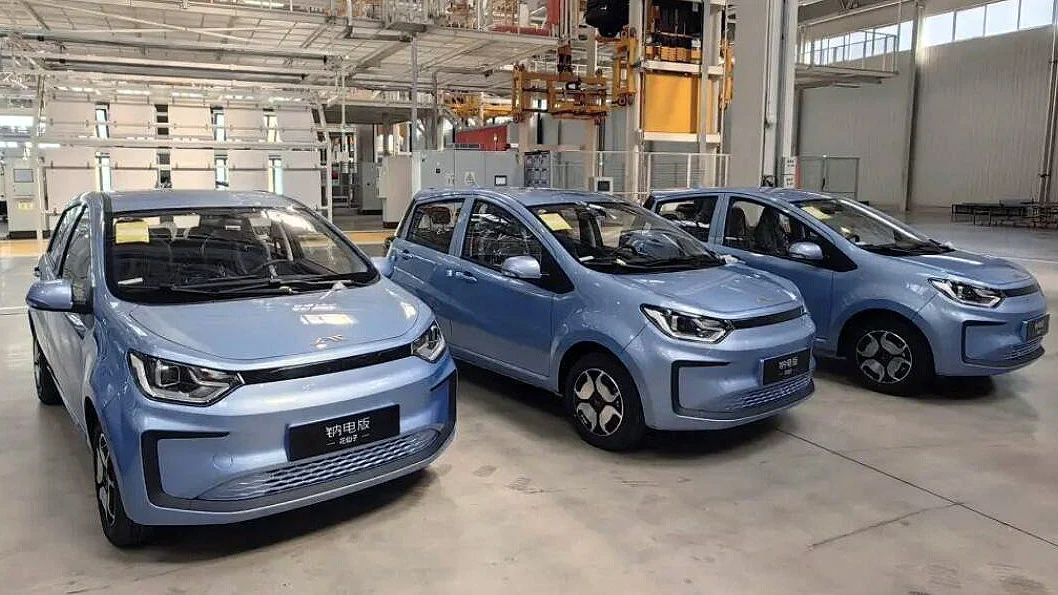Key Takeaways
1. HiNa has introduced new Haixing sodium-ion batteries tailored for commercial electric vehicle fleets, available in various capacities (K150, K210, K280, K350).
2. The new batteries feature an improved energy density of 165 Wh/kg, making them competitive with lithium iron phosphate (LFP) cells.
3. HiNa’s sodium-ion batteries are 30% to 40% cheaper to manufacture than lithium-based batteries and can be fully charged in under 25 minutes.
4. These batteries maintain stable performance in extreme temperatures (-40°C to 45°C) and can handle over 8,000 charging cycles while retaining capacity.
5. HiNa operates a GWh-level factory aimed at increasing output and lowering costs, focusing on the commercial electric vehicle market.
HiNa, a manufacturer of sodium-ion batteries that are already being used in electric vehicles, has revealed its latest generation of Na-ion batteries.
New Haixing Cells
The new Haixing cells are aimed at commercial fleets of electric vehicles, coming in various battery pack options named K150, K210, K280, and K350, likely indicating their differing capacities.
As expected, the K150 and K210 sodium-ion batteries are designed for electric vehicles that need to travel shorter distances, while the models with higher numbers are suited for EVs that undertake longer logistics journeys.
Current Usage
HiNa is already providing sodium-ion batteries for compact electric cars, such as the Jiwei 3, which is produced by JAC, a Volkswagen EV joint venture in China. The Na-ion battery in the Jiwei 3 has a modest 23 kWh capacity, leading to a range of about 230 kilometers according to the local CLTC testing cycle.
The Jiwei 3’s battery utilizes HiNa’s earlier generation of cylindrical 32140 sodium-ion cells that have an energy density of 140 Wh/kg. However, the new Na-ion batteries boast an improved energy density of 165 Wh/kg, making them comparable to LFP cells used in various devices, including 145 W Ugreen power banks and mass-market electric vehicles.
Competitive Edge
In contrast, the base RWD Tesla Model 3, which was discontinued in the US market due to its CATL batteries being ineligible for federal tax credits, features cells with an energy density of 125 Wh/kg. This comparison highlights why the new HiNa Haixing sodium-ion battery may represent a significant step forward in promoting Na-ion cell technology.
HiNa claims that their sodium-ion batteries are 30% to 40% less expensive to manufacture than lithium-based batteries. Additionally, the latest Haixing Na-ion cells are capable of rapid charging, reaching full capacity in under 25 minutes.
Performance and Production
These batteries also exhibit stable discharge rates across a temperature range of -40°C to 45°C (-40°F to 113°F). Furthermore, the packs can be fast-charged continuously while still retaining good capacity even after 8,000 charging cycles, according to HiNa.
The battery manufacturer operates a GWh-level factory and asserts that it is prepared to deliver “greater output at significantly lower costs.” This will be a key factor, particularly considering the new sodium-ion battery’s target market of commercial electric vehicle fleets.
Source:
Link


Leave a Reply